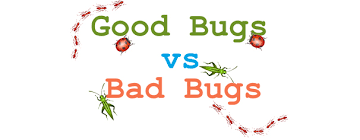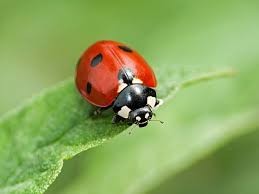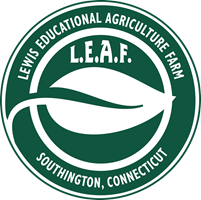Click Here For Information
Sustainable Pest Control in Gardens
By Joan Allen – Assistant Educator, Assistant Extension Educator,
Insects and pests are a fact of life in a garden, but sustainable practices can keep them at tolerable levels. Integrated Pest Management (IPM) is the use of a combination of tools to manage pests while minimizing the use of chemicals. IPM is most effective when used preventively before pests reach damaging levels. Many insects and other arthropods found in the garden are beneficial and prey on or parasitize harmful ones.
Keeping Garden Pests At A Tolerable Level
Pest identification.
Pests must be identified for effective control. One clue is the type of feeding damage. Note whether the damage is caused by chewing or by piercing and sucking mouthparts. Pests with chewing mouthparts include beetles, caterpillars and grasshoppers. These insects leave holes on leaves, fruits or other plant parts. Aphids, true bugs, leafhoppers, and mites are pests with piercing and sucking mouthparts. Symptoms include yellowing or ‘stippling’ of leaves or deformed plant parts. Control practices will be based on the pest’s life cycle. Certain life stages, often the immature stages, might be easier to kill with a particular method than the adults.
Monitor for pests and beneficial
monitoring is important to detect pests before they reach damaging levels. Check the plants for damage and eggs, immatures and adults at least 1-2 times per week during the season. Note the presence of beneficial insects, spiders and mites. These help keep pest populations at tolerable levels. A minimal population of pests helps keep a healthy number of beneficial organisms in your garden. Many chemical control products kill beneficials along with the pests, sometimes resulting in a damaging pest outbreak. If the pest population is low or eliminated, beneficials will move to a different location in search of food.
Sanitation.
Remove overripe produce from the garden. It can attract pests such as picnic beetles and yellowjackets. Removal of infested plants can reduce the populations of some insects that feed within the plant. Keeping the garden area free of weeds or mowed can eliminate alternative host plants and sheltered sites that harbor some garden pests.
Mechanical control
Mechanical controls include hand removal of pests or their eggs, barriers and traps. Many pests can be controlled simply by removing them and killing them. Pests can be killed by drowning in soapy water or by crushing. Eggs can be crushed or the leaves with eggs can be removed and discarded in the trash. Barriers are effective for some pests and work by preventing access to the plants. Examples of barriers are floating row cover and ‘collars’ around the base of stems. Floating row covers block access to insects that come in from outside the garden. They must be secured on all edges to prevent insects from crawling underneath. These covers must be removed once plants begin to flower for vegetables that require pollination. Collars made of cardboard or other materials can be placed around the bases of plants to protect them from cutworms. Traps can be used for both monitoring and control. Options include pheromone lures, sticky cards and beer traps (slugs). A strong stream of water can remove delicate pests like aphids or mites.
Cultural practices
The goal of cultural practices is to make the environment less favorable for the pest. They are most effective when they are tailored to the specific pest. Cultural practices include site selection, tillage, planting date, fertilization and irrigation. A good site will promote vigorous plants that are able to tolerate a moderate amount of feeding without a loss in yield. For most vegetables, this means full sun, a soil pH of 6.0-7.0, and an adequate supply of nutrients and water. Tilling the soil exposes overwintering larvae and pupae to unfavorable conditions or predators. Crops can be planted early or late to escape damage from a pest active at one end of the season.
Biological controls.These include living organisms or substances they produce. Predatory and parasitic arthropods (insects, mites and spiders) can be from naturally occurring populations or from release of purchased beneficials. One lady beetle can consume 100-300 aphids per day. Practices that support natural populations include growing flowers attractive to the adults (many feed on pollen or nectar) and minimizing the use of chemicals. Other organisms available include bacteria (or their products), fungi and beneficial nematodes. Toads and birds in the garden help too.
Biorational chemicals
Biorational chemicals are those that have a low toxicity to the environment, humans and wildlife. Some are harmful to beneficials. These include botanicals, horticultural oils, insecticidal soaps, and inorganic insecticides. Botanicals include pyrethrum (pyrethrin), rotenone, and NEEM products. Horticultural oils are petroleum or plant-based. Insecticidal soaps work on soft-bodied insects or life stages by breaking down tissues. Inorganic insecticides include sulfur, silicon, and diatomaceous earth.





